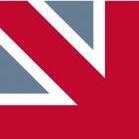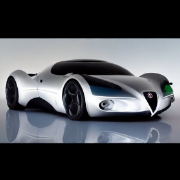-
Contenuti simili
-
Il futuro dei siti produttivi Stellantis 1 2 3 4 841
Pubblicato da The Summarizer,
- stabilimenti
- psa
- (e 1 altro in più)
- 8406 risposte
- 1279248 visite
-
Fiat -> FCA -> Stellantis - Filosofia su una holding multinazionale 1 2 3 4 140
Pubblicato da espresso,
- 1396 risposte
- 129956 visite
-
Scelte strategiche gruppo Stellantis NV 1 2 3 4 1140
Pubblicato da 4200blu,
- newco
- stellantis
- (e 2 altri in più)
- 11399 risposte
- 1893713 visite
-
-
-








.thumb.jpg.902d2a4f20a129e92b6f6920407b81bd.jpg)





.thumb.jpg.46228d717c405acd43b45b79fddce6a4.jpg)







Messaggi Raccomandati: